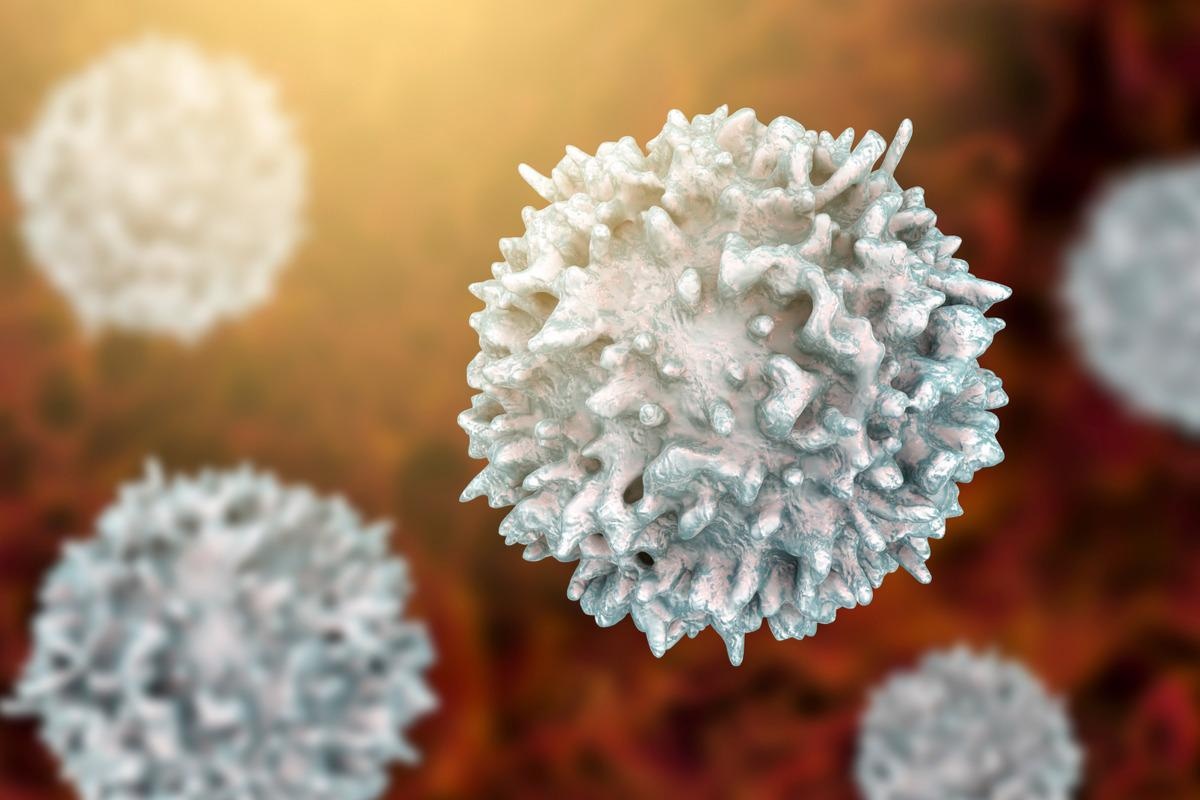In a recent study published in Science Immunology, researchers performed an unbiased evaluation of the early memory B cell repertoire specific for the Omicron and Delta variants of severe acute respiratory syndrome coronavirus 2 (SARS-CoV-2). The researchers evaluated 73 previously identified mAbs from COVID-19 convalescents to see how effective they were at binding and neutralizing SARS-CoV-2 variants of concern. They used cryogenic electron microscopy (cryo-EM) to characterize some of the broadly neutralizing mAbs from three critical epitopic locations.
 Study: Antibodies induced by ancestral SARS-CoV-2 strain that cross-neutralize variants from Alpha to Omicron BA.1. Image Credit: Kateryna Kon/Shutterstock
Study: Antibodies induced by ancestral SARS-CoV-2 strain that cross-neutralize variants from Alpha to Omicron BA.1. Image Credit: Kateryna Kon/Shutterstock
Background
A predictor of the transmissibility of the virus is the intensity of attachment to the viral angiotensin-converting enzyme 2 (ACE2) receptor, which limits the variability of the receptor-binding surface. However, because the most potent neutralizing antibodies share contact with ACE2 and neutralize by inhibiting cell entry, this limitation restricts the opportunity for escape. Immune escape and receptor binding compete for the evolution of the SARS-CoV-2 spike protein, which is both the viral receptor-binding and fusion protein and the only known target of protective antibodies (Abs).
Many investigations have found that the most powerful neutralizing Abs belong to the receptor-binding domain (RBD-2) competition group. Although the unbiased collection contains more neutralizing monoclonal (m)Abs in the RBD-1 competition group than in the RBD-2 competition group, their activity is often lower. Despite stringent restrictions on the receptor-binding surface, the RBD-2 epitopic region has evolved more than RBD-1 and RBD-3 because it contains the target sites for powerful neutralization. Most RBD-2 Abs have Alpha variant affinity and in vitro pseudotype neutralization efficiency, but not Beta or Gamma.
The study
The authors looked at how mAbs bind to and neutralize the delta and Omicron BA.1 variants. They identified three antibodies, one from each of the RBD clusters and two from RBD-2, that neutralized all five variations of concern tested. Mutations in the N-terminal domain (NTD)-1 are common, and they reduced affinity and eliminated neutralization of all variants by the NTD-1 Abs in the panel. The binding assay displayed increased sensitivity when compared to the neutralization assay, accounting for cases where the binding was detected, but neutralization was undetectable.
Only one of the eleven RBD-2 competition-group mAbs in the panel preserved binding affinity to all five variants of concern evaluated, while another neutralized all but Omicron BA.1. Most clinical-stage mAbs compete with ACE2 and lose neutralizing potency for Omicron BA.1, as do the majority of RBD-2 mAbs. The loss of RBD-2's contribution to beta- and Omicron BA.1-variant neutralization in the assay was linked to these variants escaping immunological control.
The monomer-monomer interaction between a fragment antigen-binding (Fab) and the monomeric RBD was used to eliminate binding strength effects caused by format and epitope, which could have obscured analyses of individual mutations. Despite binding the RBDs of variants Alpha, Gamma, and Delta, as well as the unmutated Wuhan isolate, all four Fabs lost affinity for the Omicron BA.1 RBD, except antibody G32R7. The decreased but measurable neutralizing potencies of the respective mAbs were compatible with the equilibrium dissociation constants for the antibodies C98C7 and G32Q4 Fabs.
In a pseudovirus assay, one antibody from the three RBD epitopic regions neutralized all five variants of concern, and the authentic SARS-CoV-2 Omicron BA.1. When the RBD is in the down conformation, the spike-bound configuration of the G32R7 Fab bound the face of the RBD adjacent to the NTD. None of the Omicron BA.1 RBD mutations were found in its footprint. The antibody G32R7 has no known public class, and many of its interactions with the RBD came from its long heavy-chain complementarity-determining region 3 (HCDR3). Despite very high apparent affinities, three other RBD-1-class mAbs displayed measurable neutralizing activity for all tested variants, but their efficacy was moderate, even for the D614G parental strain.
Implications
The relationships in the structures described in this work confirm that they correspond to the stereotypical interactions seen in published Abs structures in the relevant public classes. The sites of resistance-causing mutations in different viral lineages are mostly within the footprints of antibodies such as G32A4, C98C7, and C12A2, implying that their ubiquitous occurrence will likely provide them a key role in determining viral immune escape mutations.